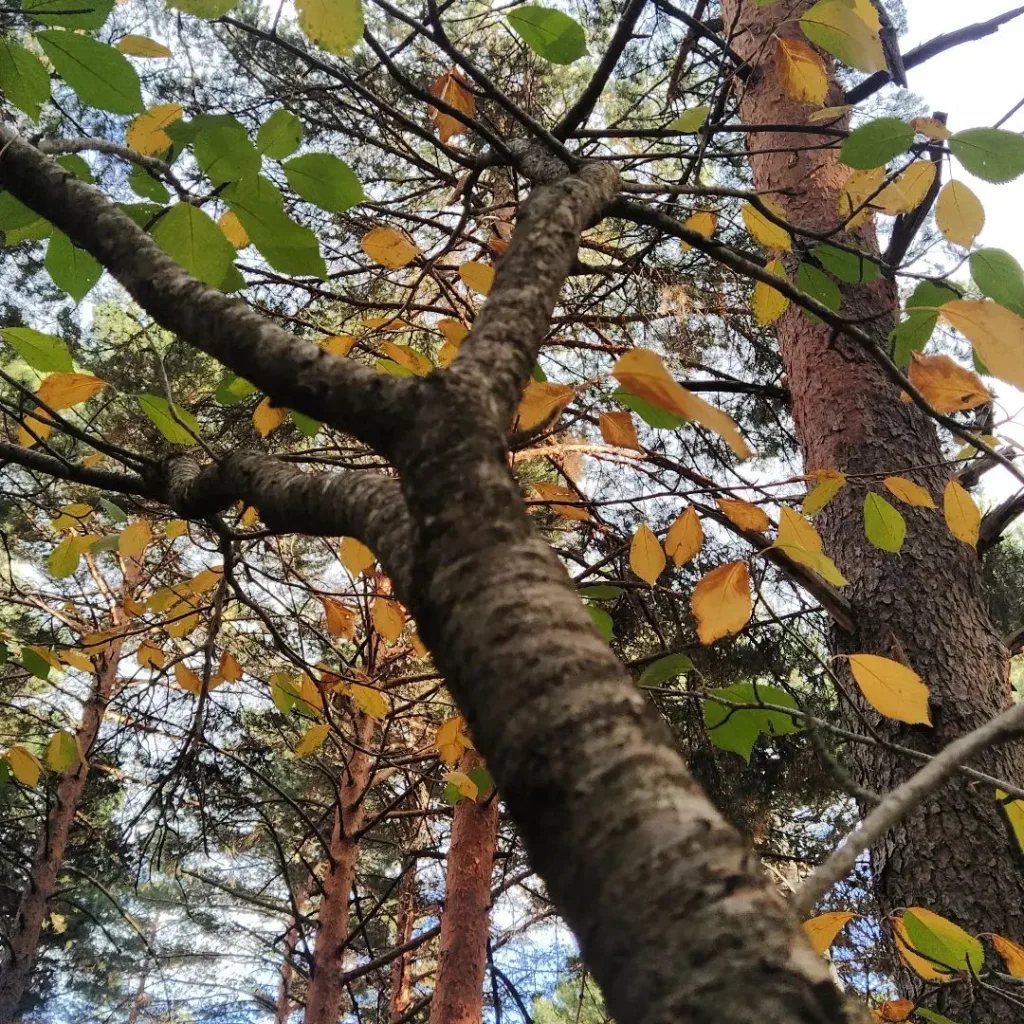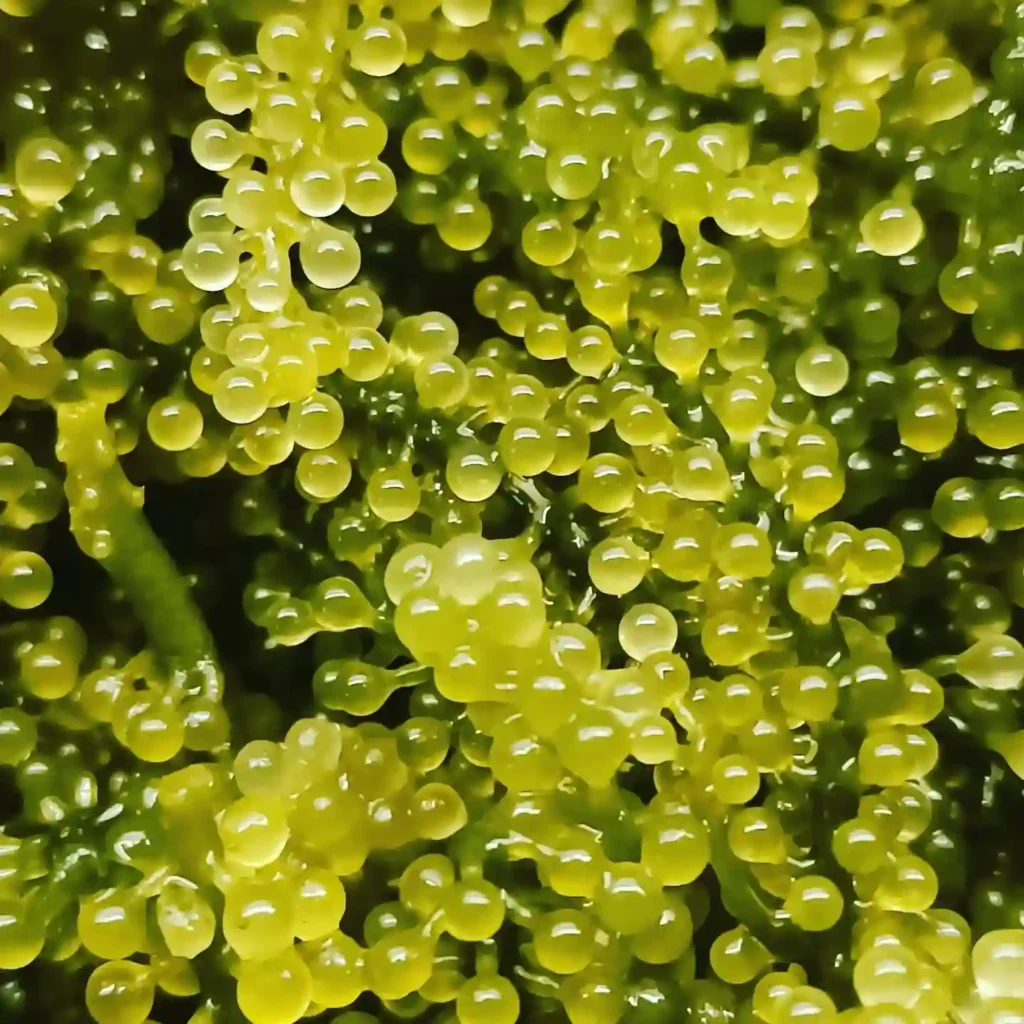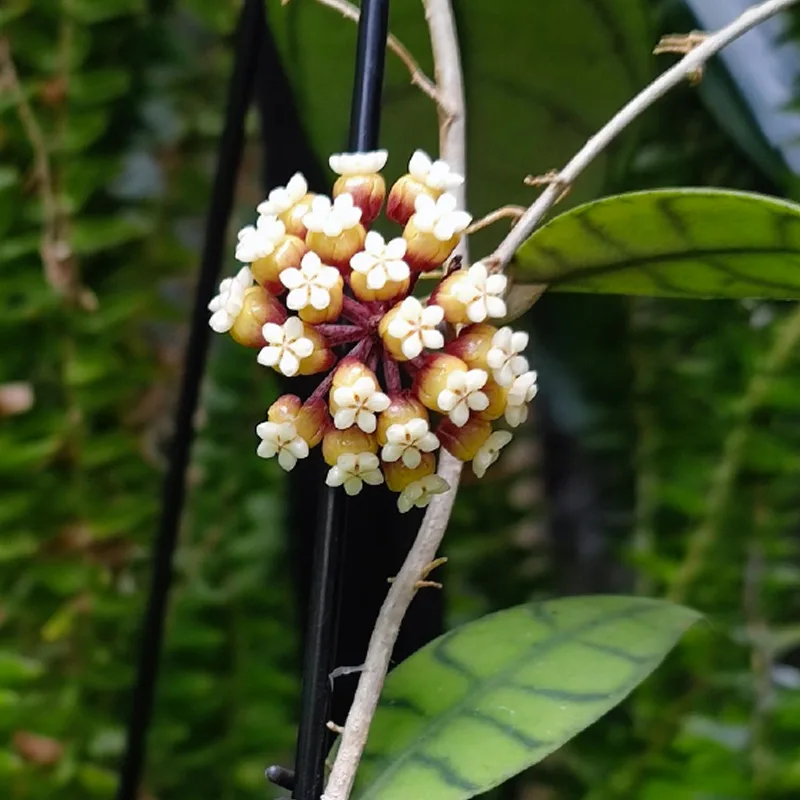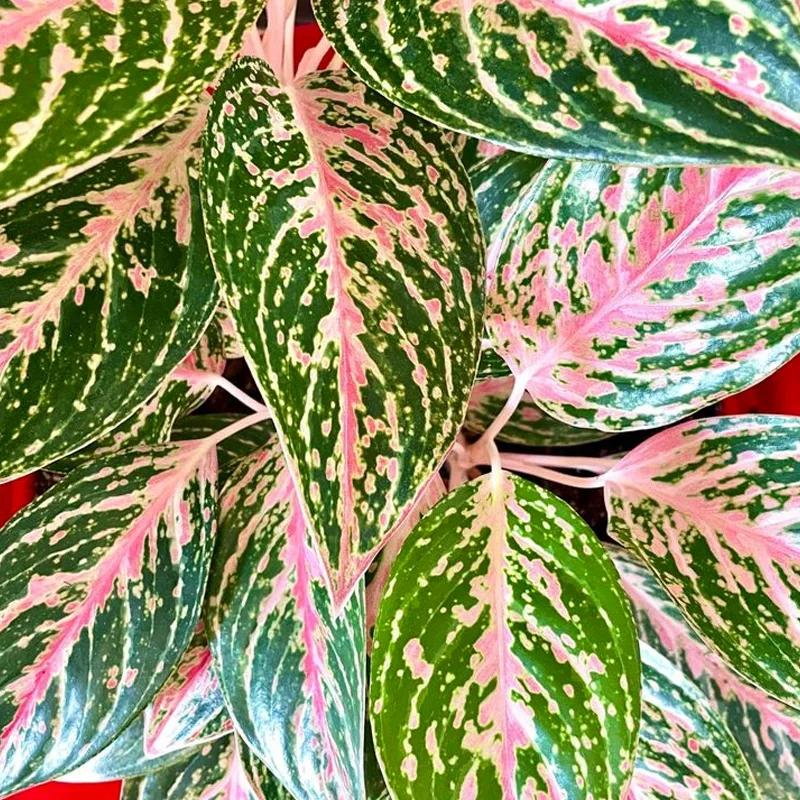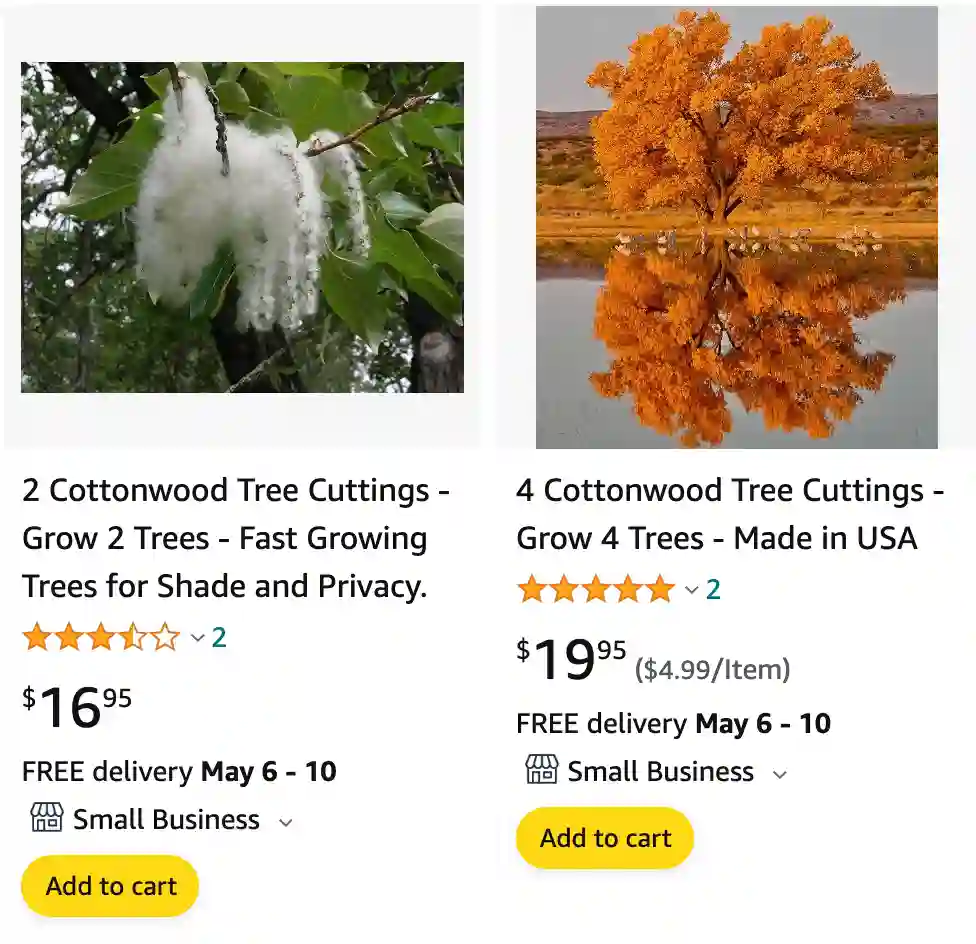
What does a cottonwood tree look like?
Cottonwood trees have always fascinated me, especially when they’re in season. Those tall, majestic trunks with their deeply ridged, gray bark stand out against any landscape. I love the heart-shaped leaves – they have a beautiful shimmer as their flat stems catch the wind, rustling and whispering with a sound I find strangely soothing. And of course, the way they explode with the fluffy cotton-like seeds in the spring is like nothing else. I used to find it magical as a kid, a soft, gentle snowstorm in the middle of the summer.
Is cottonwood good firewood?
Honestly, cottonwood isn’t my favorite for firewood. It has this strange wetness to it, even when seasoned, so it never burns as clean or hot as I’d like. Plus, it creates a lot of smoke and seems to go up in flames way too quickly, leaving me feeling like I’m constantly feeding the fire. However, if I can get my hands on some for free, I’ll certainly use it. It does light easily, making it great for getting a fire started, and it can be helpful on chilly spring or fall days when you just need a quick burst of warmth.
How long do cottonwood trees live?
Cottonwoods are kind of funny trees in terms of lifespan. You’d think something so big and dominant would live for centuries, but the average cottonwood only gets about 70 to 100 years. Of course, I’ve heard stories of some ancient specimens living to be 200, even 400 years old! But sadly, their wood is notoriously weak, and they’re prone to diseases, so it’s definitely a challenge for them to reach that remarkable age.
How long do cottonwood trees shed?
Cottonwood shedding season always feels like it lasts forever – the fluff just seems to cling to absolutely everything! I’d say here in my area, the heavy shedding is about a week or two, with a bit of lingering fluff hanging around for another week. It can really feel like a full-blown blizzard sometimes, with piles of fluff coating the ground and swirling through the air like big snowflakes. It’s a little messy, but I find it oddly charming; a little bit of seasonal chaos.
Is cottonwood a hardwood?
While it might seem counterintuitive, cottonwood is actually considered a hardwood. See, the whole hardwood vs. softwood thing isn’t about how the wood feels. It’s about whether the tree is deciduous (loses its leaves seasonally) or coniferous (keeps its needles). Since cottonwoods drop their leaves in the fall, they fall into the hardwood category, even though their wood is actually pretty soft and light compared to things like oak or maple.
When do cottonwood trees bloom?
Cottonwoods burst into bloom in the early spring. It always takes me by surprise – one day the branches are still bare, then almost overnight there are soft red catkins dangling all over. Around my neighborhood, this usually starts happening in late March or early April. Of course, it’s the female trees that are the real showstoppers once the cottony seeds start to release – I remember making wishes as a kid and blowing on the fluffy puffs as they drifted through the air.
How to kill a cottonwood tree?
I’d be wary of killing a cottonwood tree unless it’s absolutely necessary. They’re beautiful trees and provide habitat for wildlife. But, I understand sometimes there’s just no other option. If that’s the case, I’ve heard a few methods can be effective. Some folks recommend cutting it down and then applying herbicide to the stump to prevent regrowth. Others swear by drilling holes in the trunk and injecting herbicide directly. However, these methods can be tricky and time-consuming, and herbicides can be harmful to the environment. It might be best to consult a professional arborist – they can assess the situation and recommend the safest and most effective way to remove the cottonwood.
Does cottonwood cause allergies?
Oh boy, does cottonwood ever cause allergies for me! Every spring, just when those fluffy seeds start to fly, my eyes start watering like crazy, I can’t stop sneezing, and my nose gets completely stuffed up. I know I’m not alone in this – there are whole communities that dread cottonwood season because so many people suffer from allergies related to it. It seems a little unfair that something so pretty can cause so much misery!
How to identify a cottonwood tree?
There are a few key things that help me spot a cottonwood tree:
- Leaves: Look for those iconic heart-shaped leaves with slightly serrated edges. They have a glossy green top and a pale underside, trembling and shimmering delightfully in the breeze thanks to their flattened stems.
- Bark: Mature cottonwoods have deeply furrowed, grayish-brown bark that forms almost blocky ridges. Younger trees have smoother, yellowish-green bark.
- Shape: Cottonwoods are usually tall and stately, with a broad, rounded crown. They kind of dominate the landscape a bit.
- The “Cotton”: This is the giveaway, especially in spring! Look for the fuzzy catkins or exploding tufts of fluffy, cotton-like seeds.
What is cottonwood good for?
Despite its reputation, cottonwood can actually be pretty useful! It’s not the best choice for fine furniture due to its softness and tendency to warp, but it’s perfectly fine for things like crates, pallets, and rough framing lumber. I’ve even seen folks get creative with it, carving bowls from the softer wood or staining it to look like fancier hardwoods. Personally, I love seeing all the birds that build nests in and around cottonwoods, and I hear the roots are important to some Native American tribes for making traditional crafts and medicines.
If i die, water my plants!
